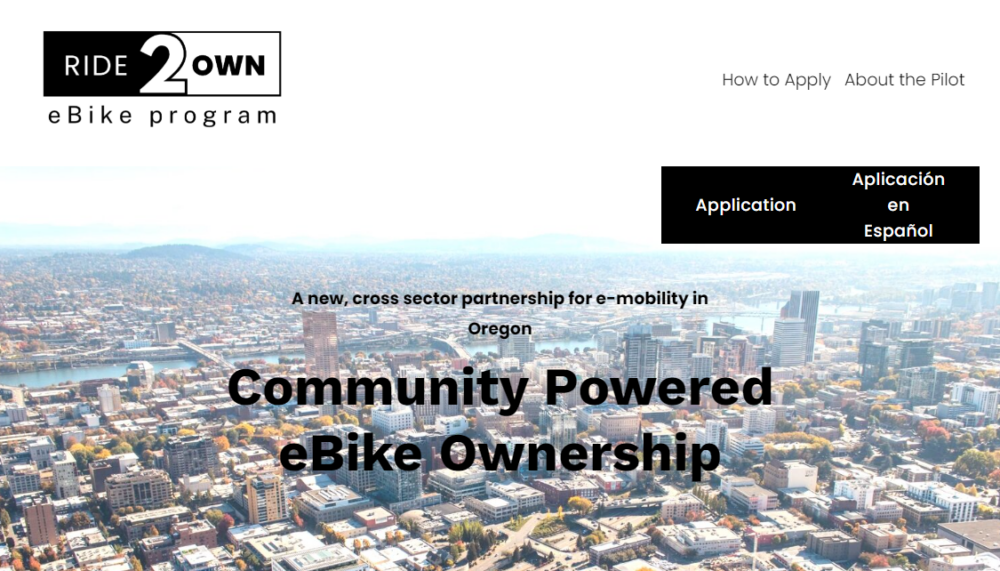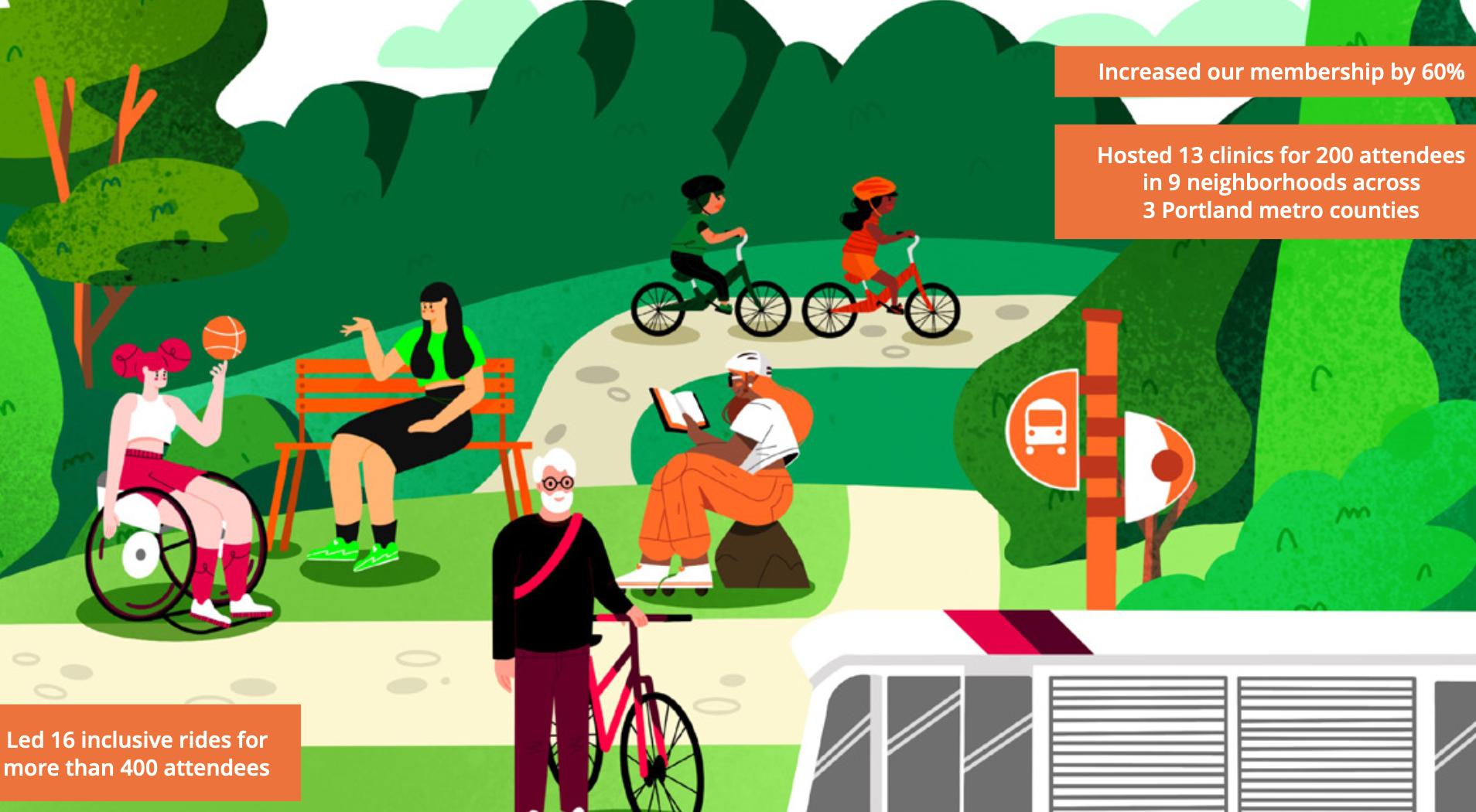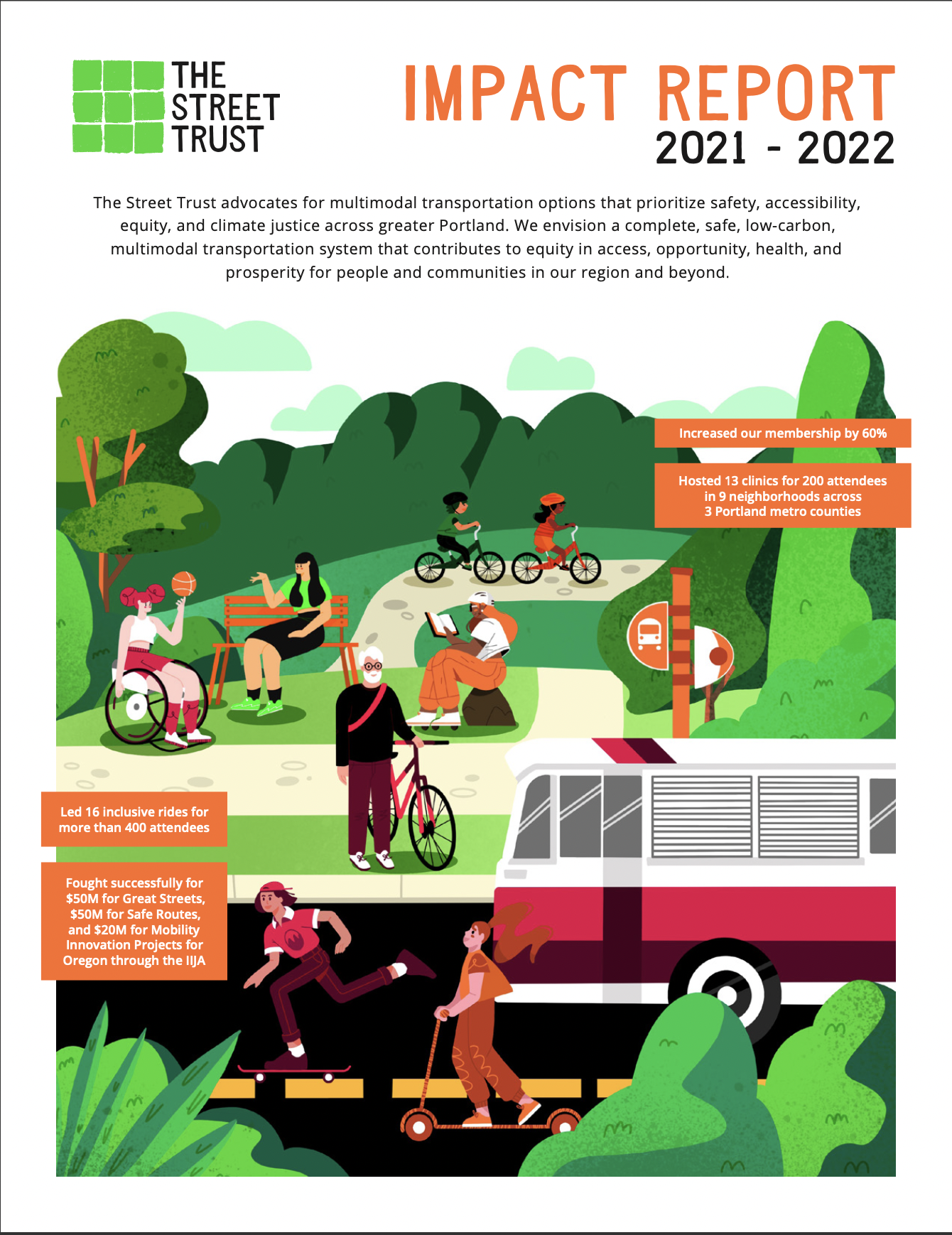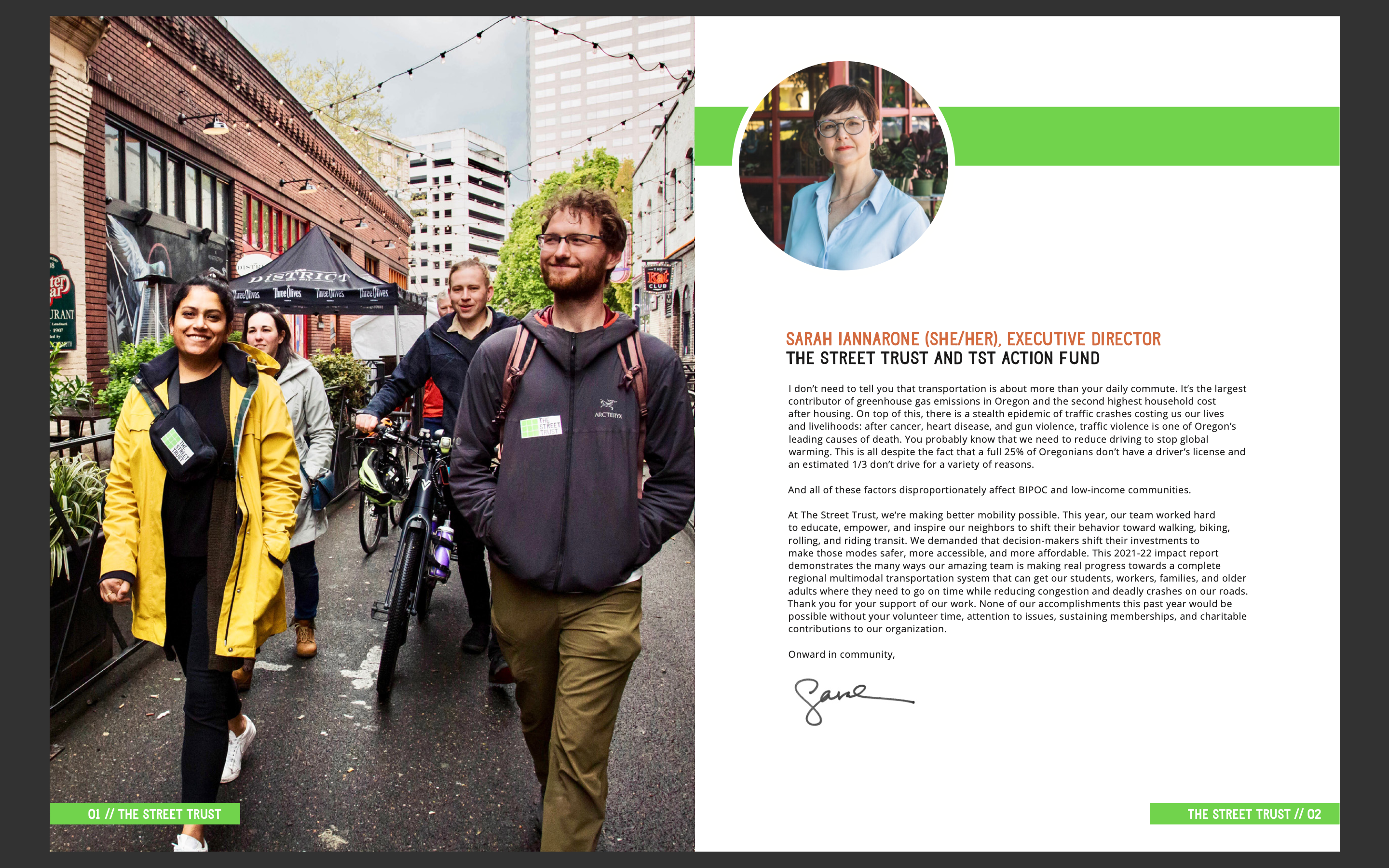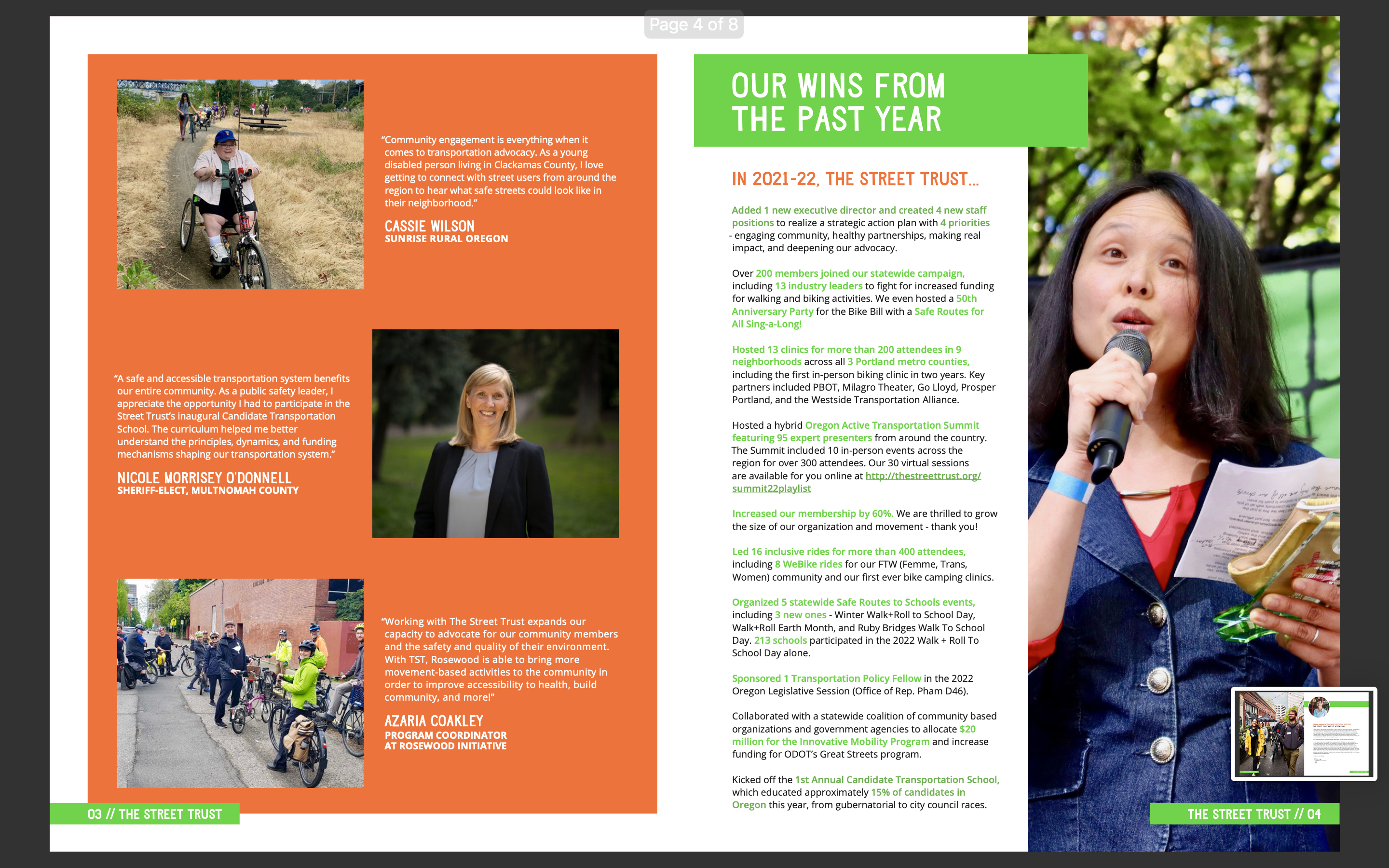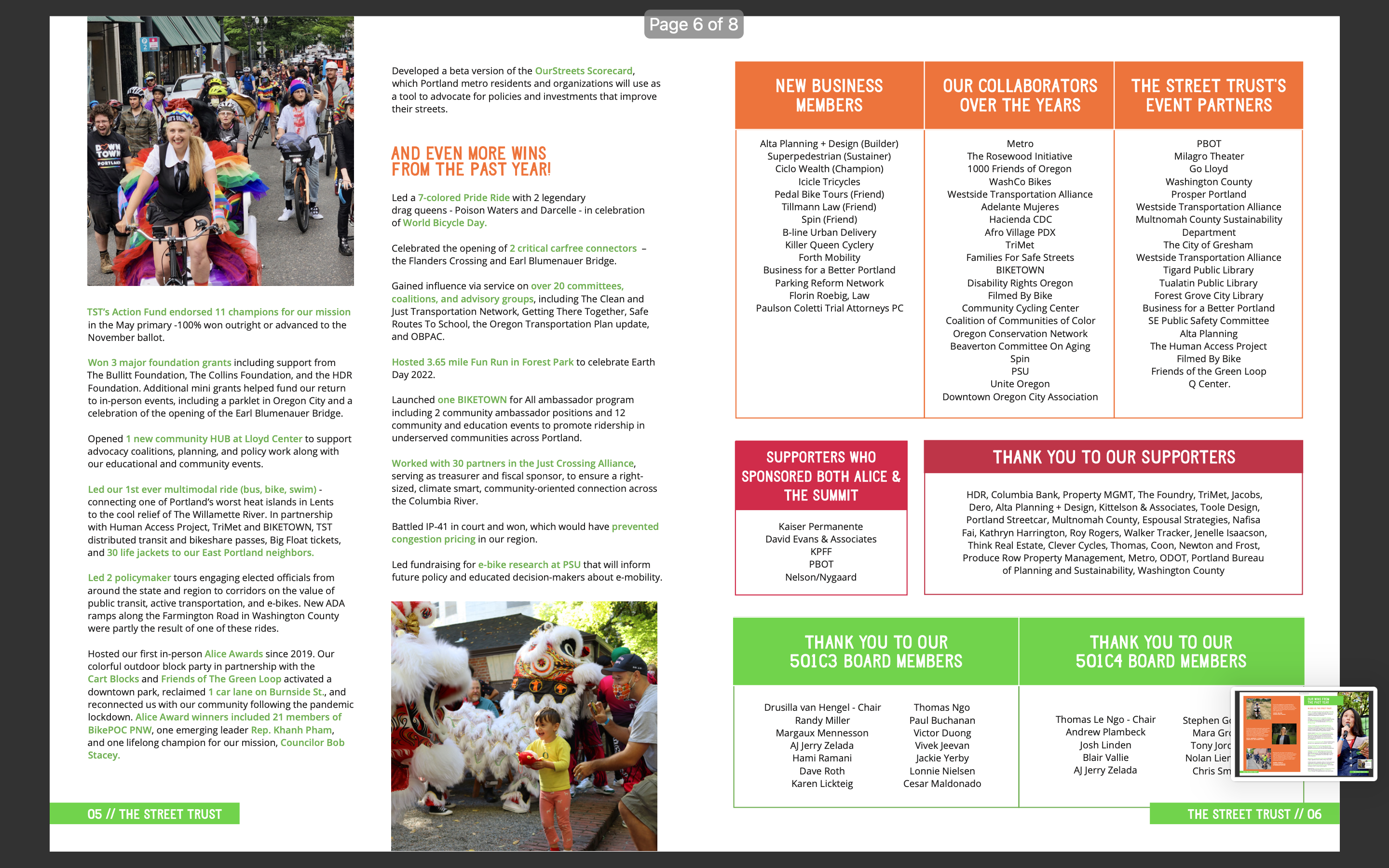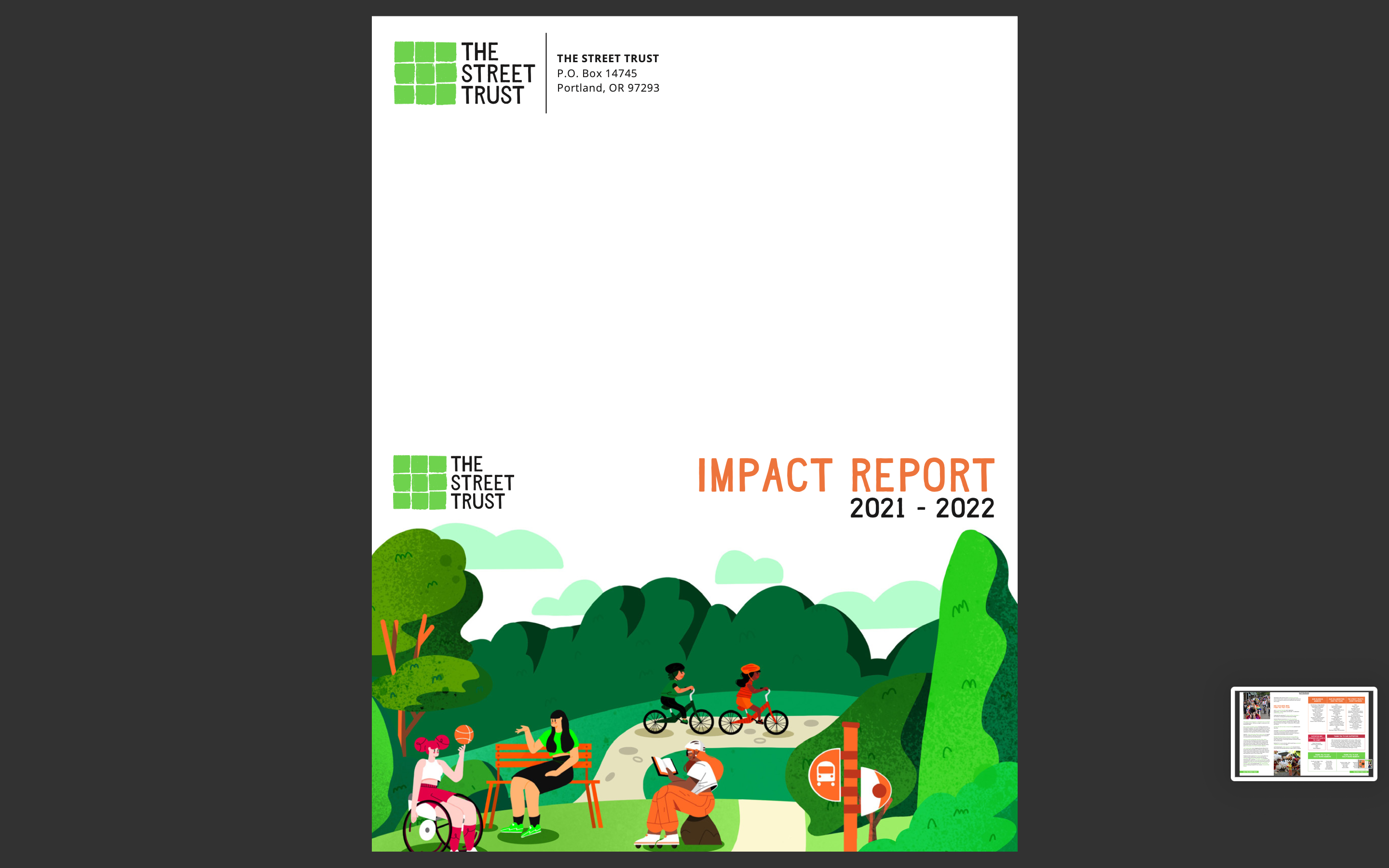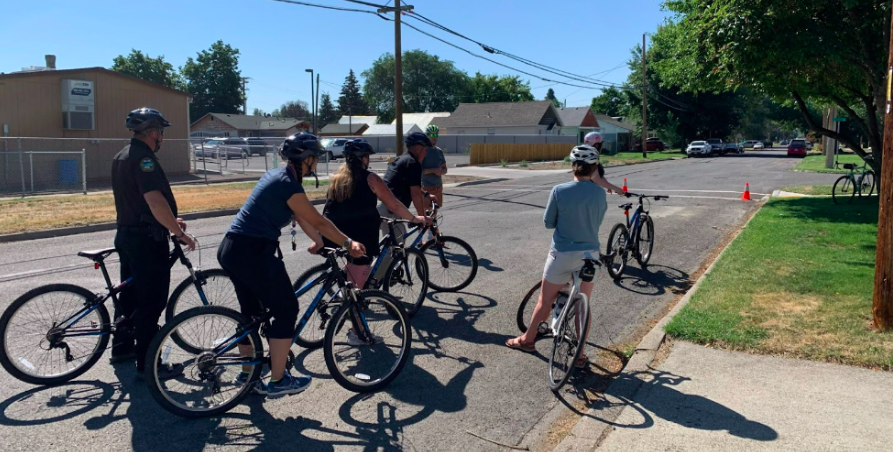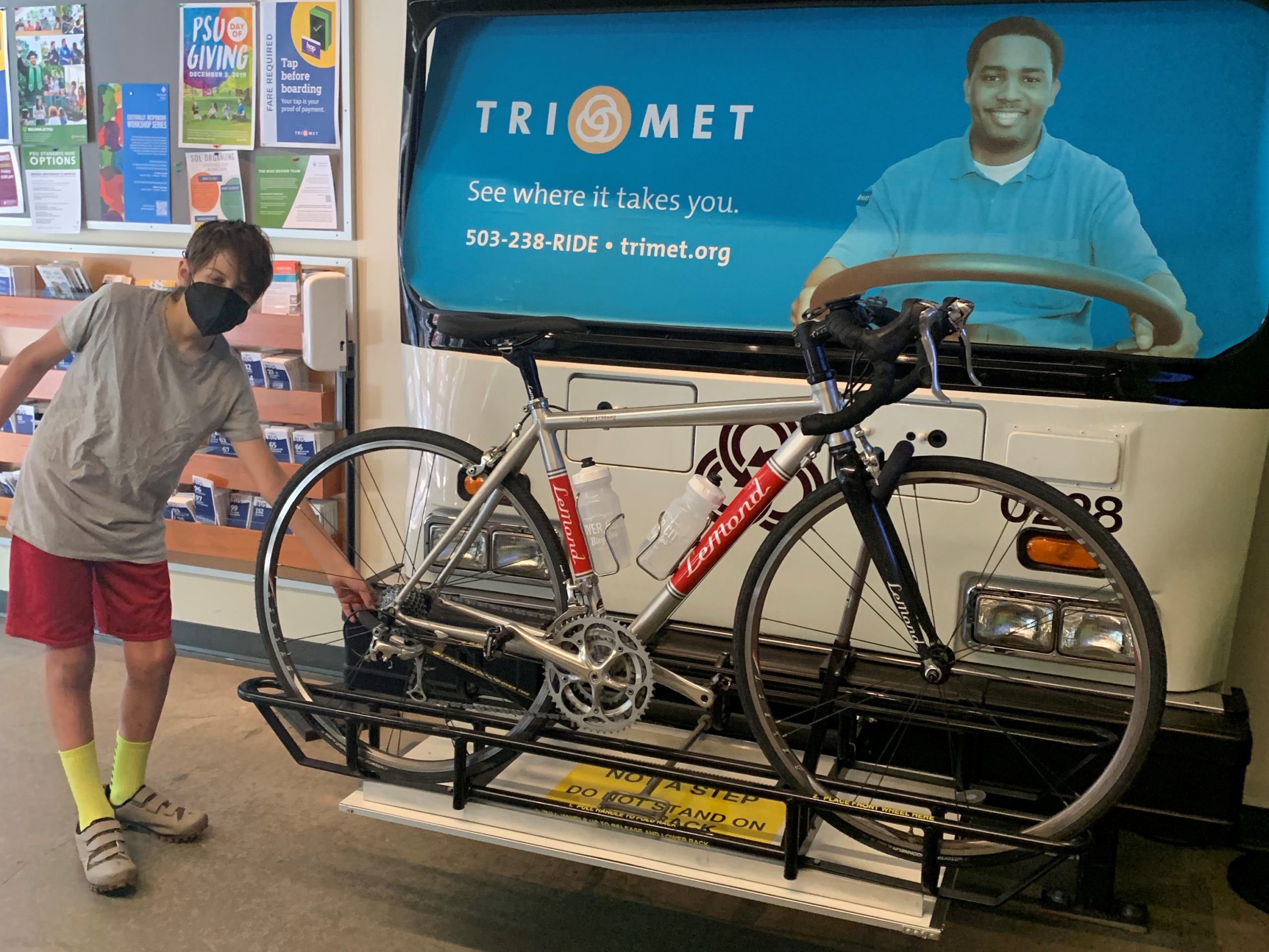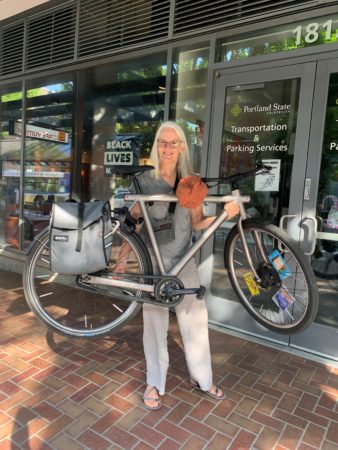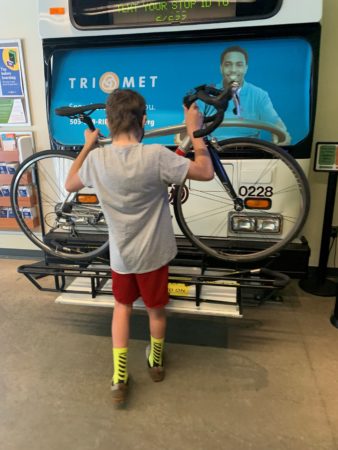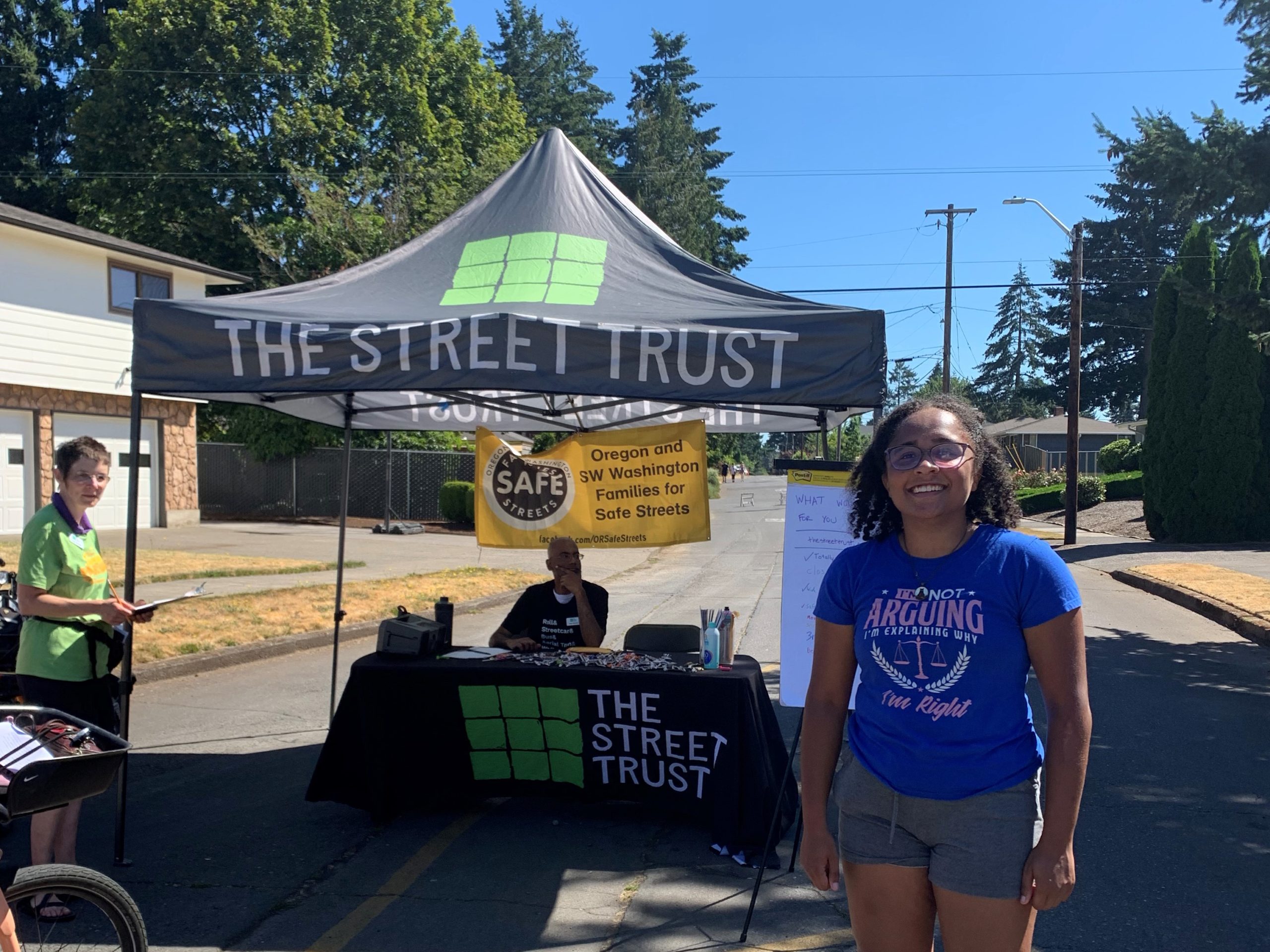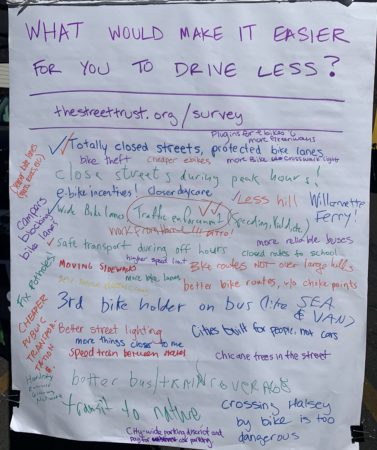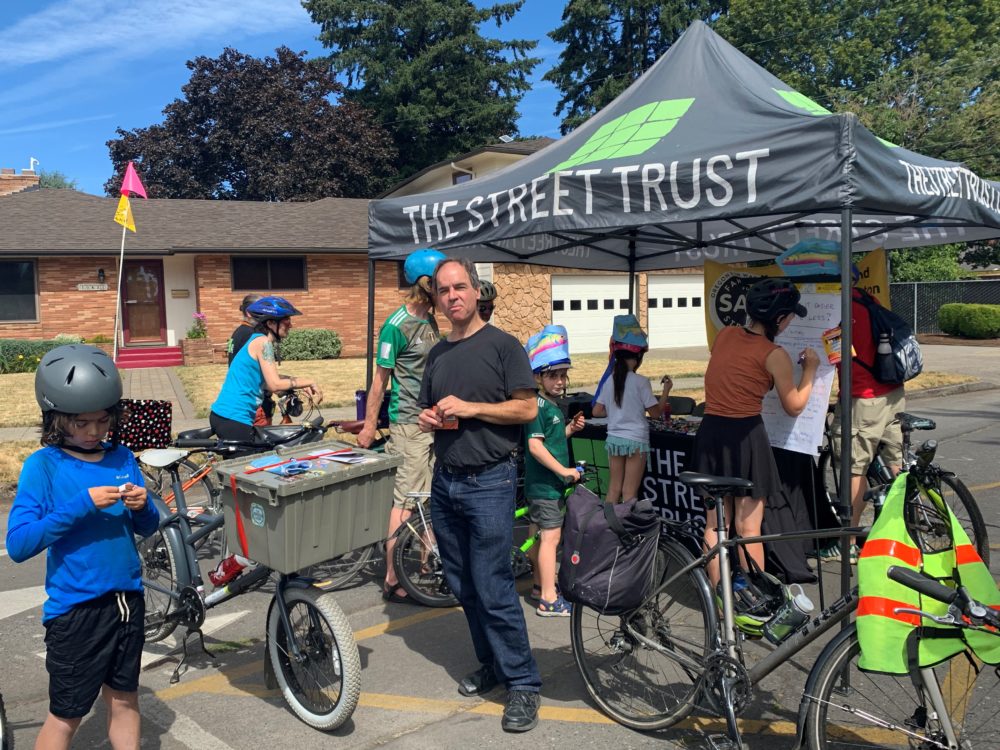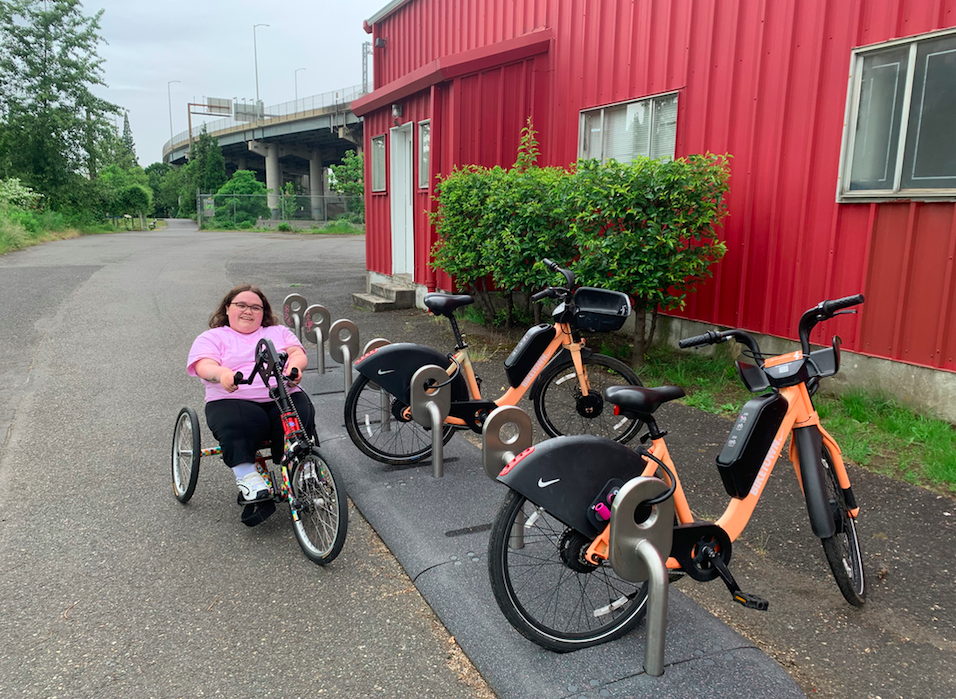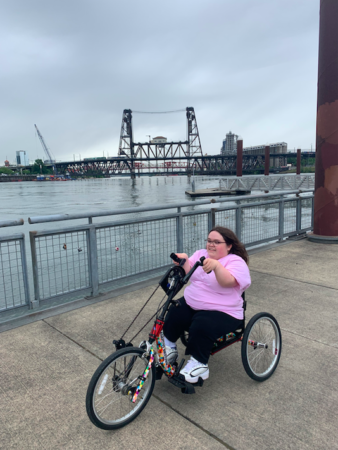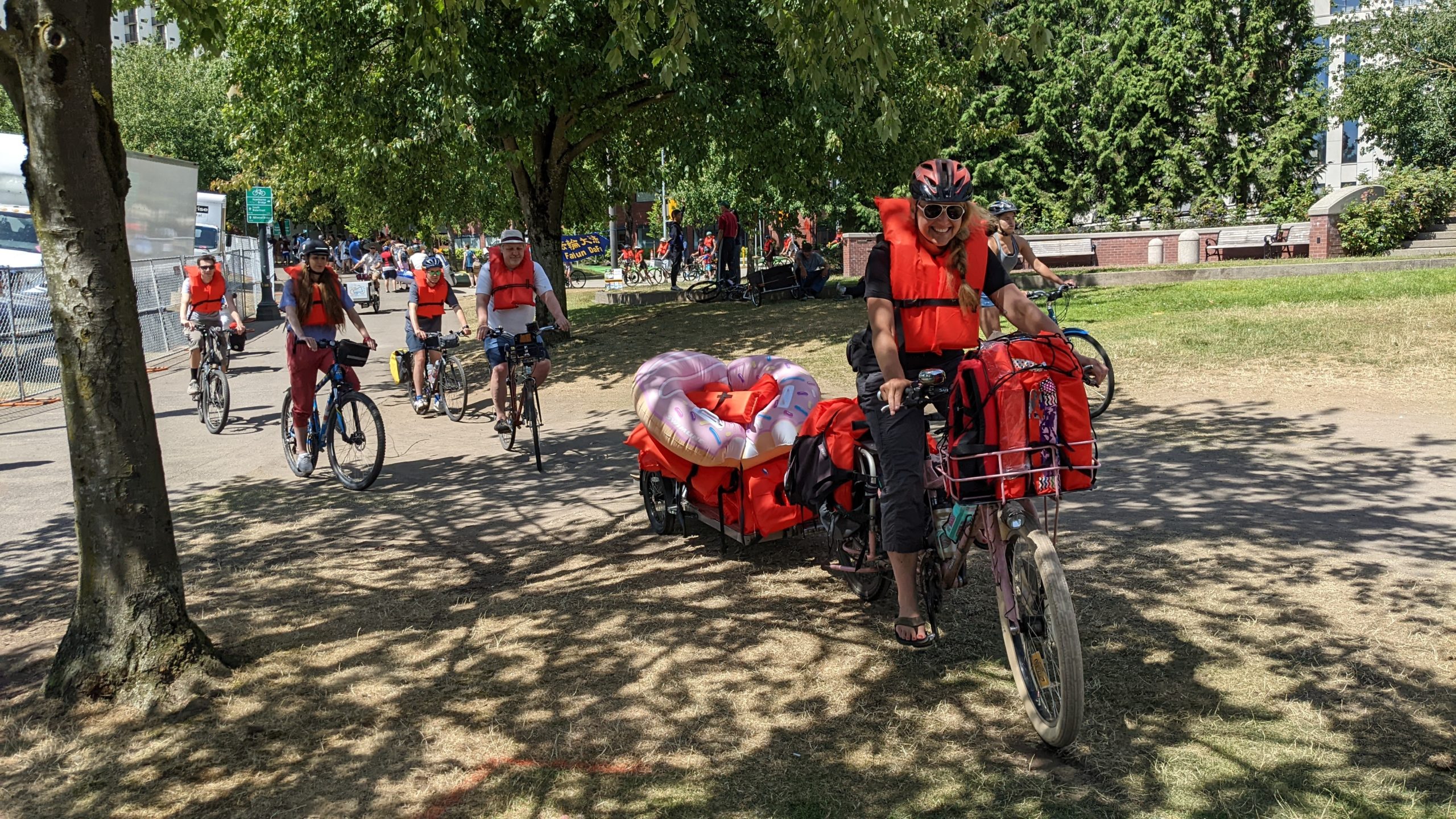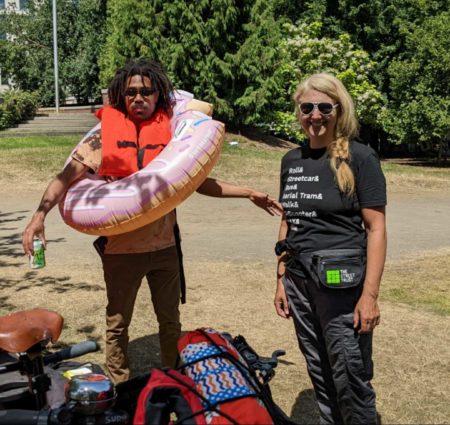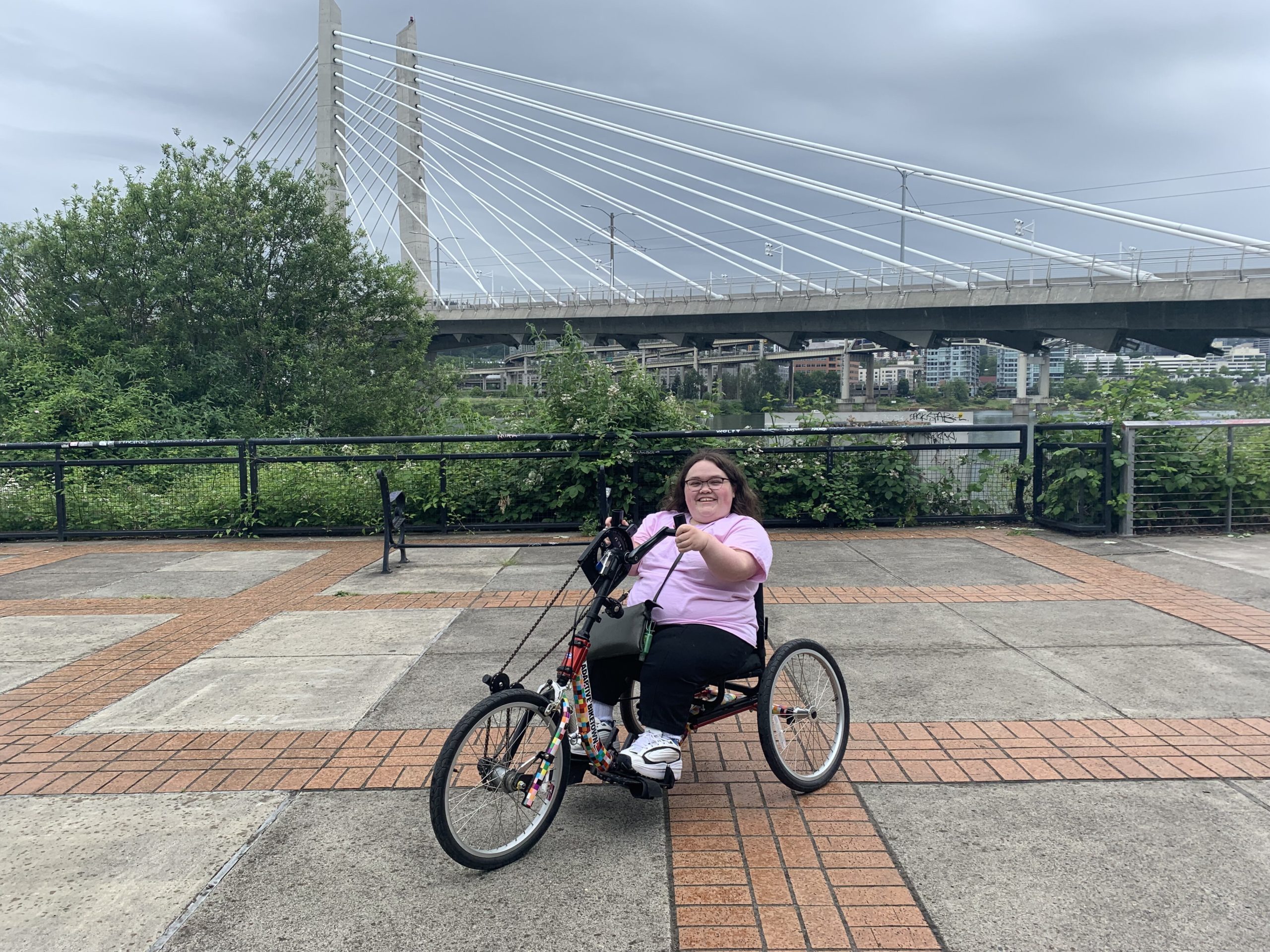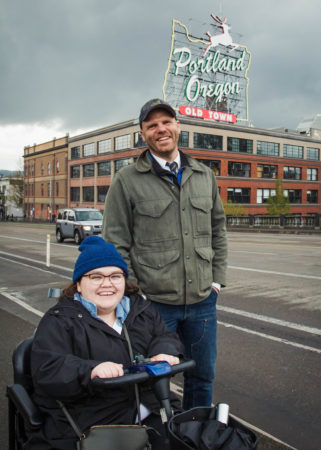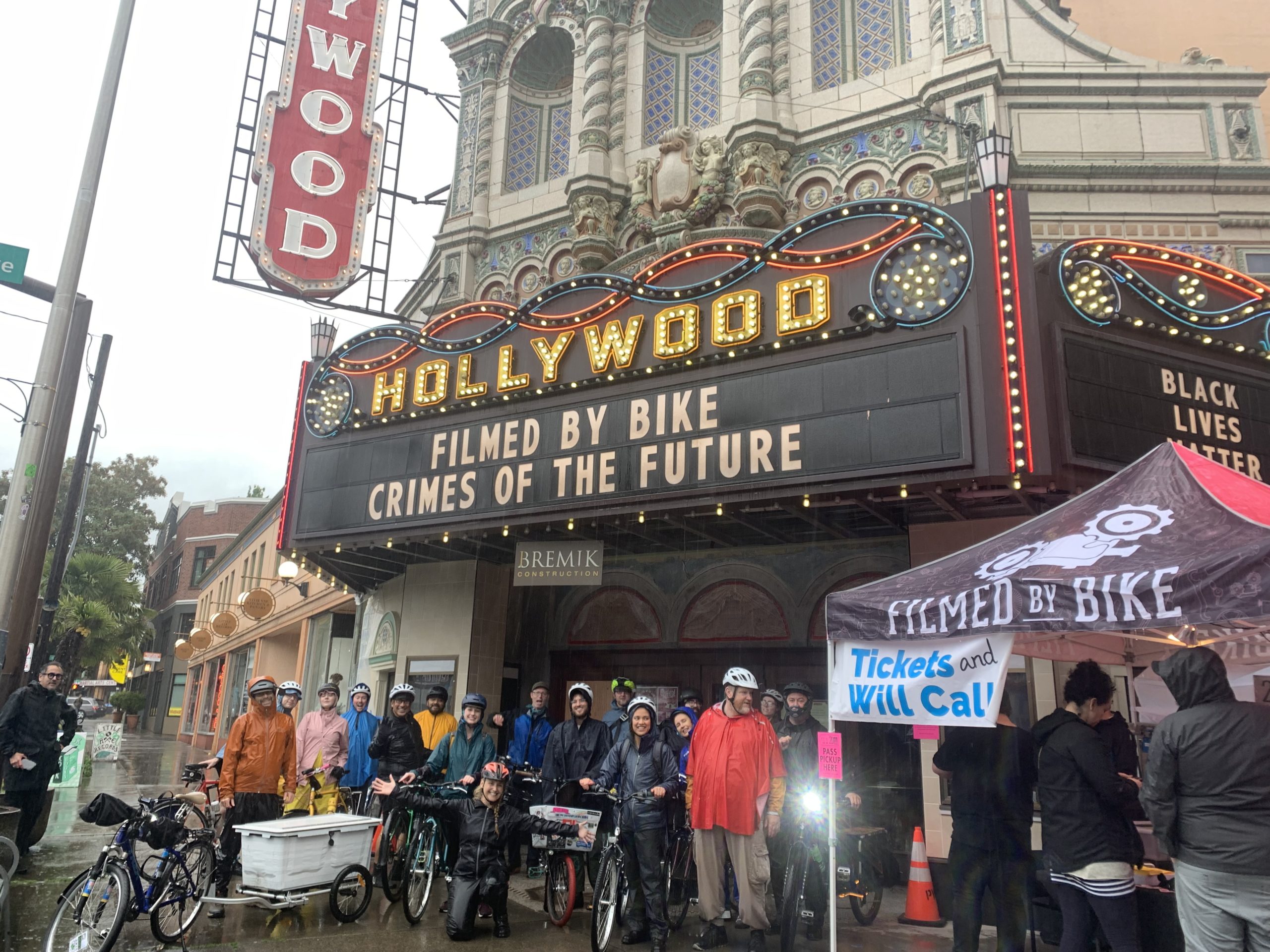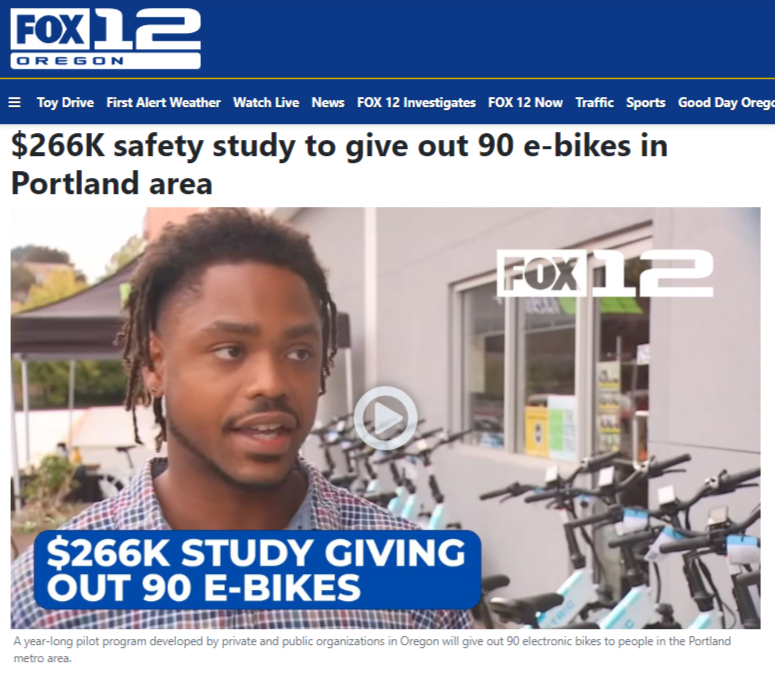
Oregon’s eBike enthusiasts were abuzz this fall with the electrifying news of the Ride2Own launch in Portland’s Portsmouth neighborhood. This groundbreaking initiative, a brainchild of The Street Trust in collaboration with We All Rise,Oregon DEQ, and PGE is set to revolutionize eBike accessibility in Oregon, particularly for historically excluded communities.
The Ride2Own program is not merely about providing eBikes. It’s a comprehensive approach that encompasses education, gear, and community-building. The overarching goal? To create transformative experiences through e-mobility and initiate a ripple effect that expands sustainable transportation options across the region.
The program’s first pilot kicked off on October 1st, 2023, with a year-long pilot in the Portsmouth neighborhood of Portland, reported by KPTV. The program is providing the first cohort of 15 electric bicycles to community members with low-incomes who would otherwise lack access, education, or support for e-mobility. Participants will track their experiences over twelve months and, upon successful completion, keep their bikes for free.
This is the first of four pilots Ride2Own will be conducting across the Portland metro region. The other neighborhoods are Portland’s Parkrose, Milwaukie, and Hillsboro. A total of approximately 90 eBikes will be distributed to qualifying community members across the four pilot areas.
“I am excited about the opportunity to be a part of making bike commuting even more accessible to members of communities of color like myself,” said one program participant in their application.
It’s hard to overstate the significance of this launch. At a time when Oregon’s transportation sector contributes a staggering 40% of the state’s GHG pollution, initiatives like Ride2Own are not just welcome; they’re imperative. Ride2Own’s overarching goal is to create positive, transformative experiences through eBiking and initiate a ripple effect that expands sustainable transportation options for residents and reduces the amount that people need to drive (VMT, vehicle miles traveled) across the region.
“Portland General Electric is excited to award funds from DEQ’s Oregon Clean Fuels Program to support our partners in expanding cleaner transportation systems across the state,” said Elyssia Lawrence, senior manager, Product Manager and head of PGE’s Transportation Electrification team. “Transportation electrification plays an essential role in accelerating the clean energy transition. It is going to take all of us working together to achieve a cleaner and more equitable future for all Oregonians.”
Ride2Own stands as a testament to what’s possible when innovation meets determination.
In a world where the status quo often reigns supreme, Ride2Own is a reminder that with the right vision and commitment, we can build transportation systems that serve everyone equitably. As we celebrate this launch, let’s also recommit to a future where every Oregonian, regardless of background or zip code, has access to safe, sustainable, and inclusive transportation options.
